JASPER JOHNS (geb. 1930)
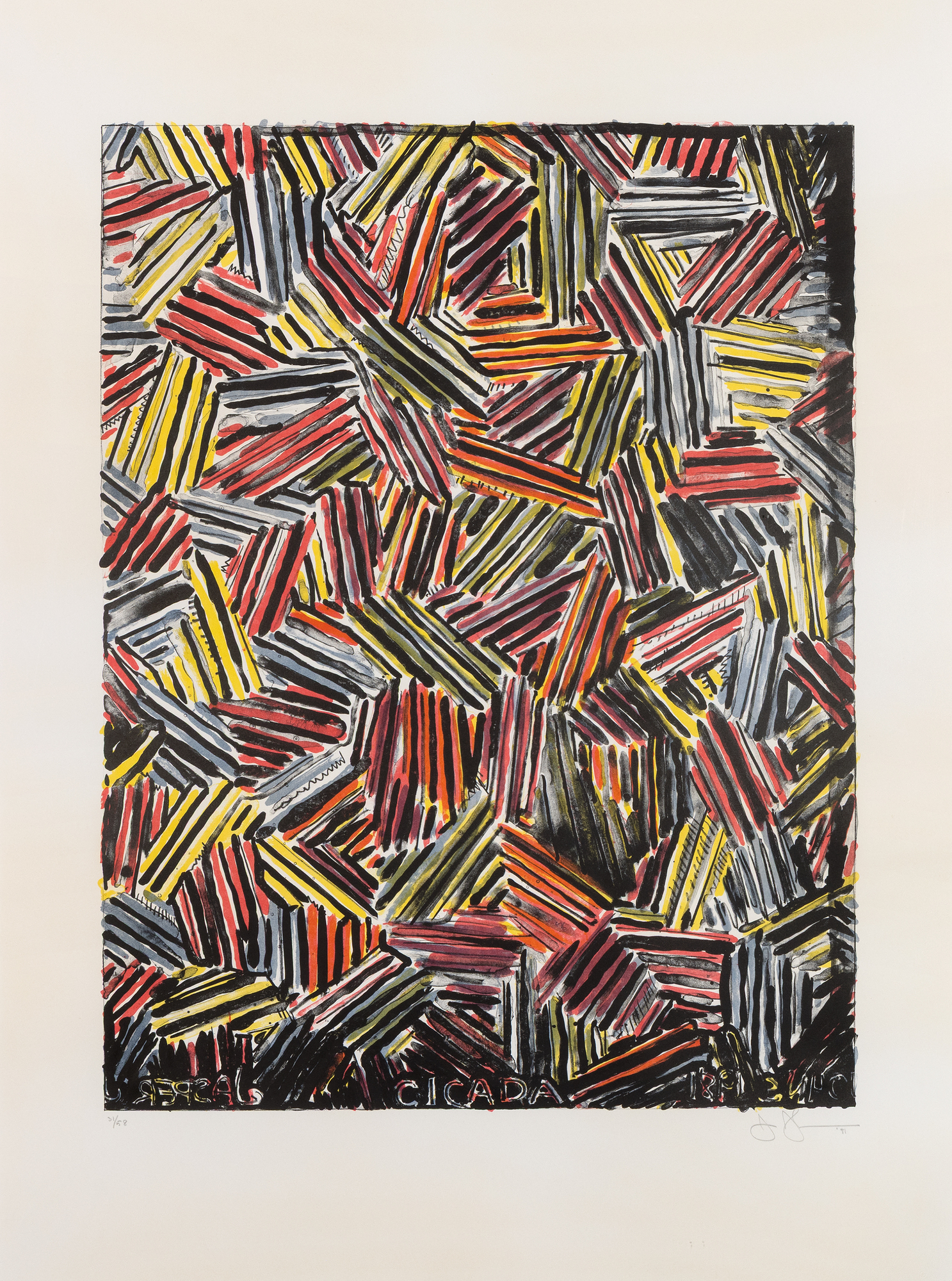


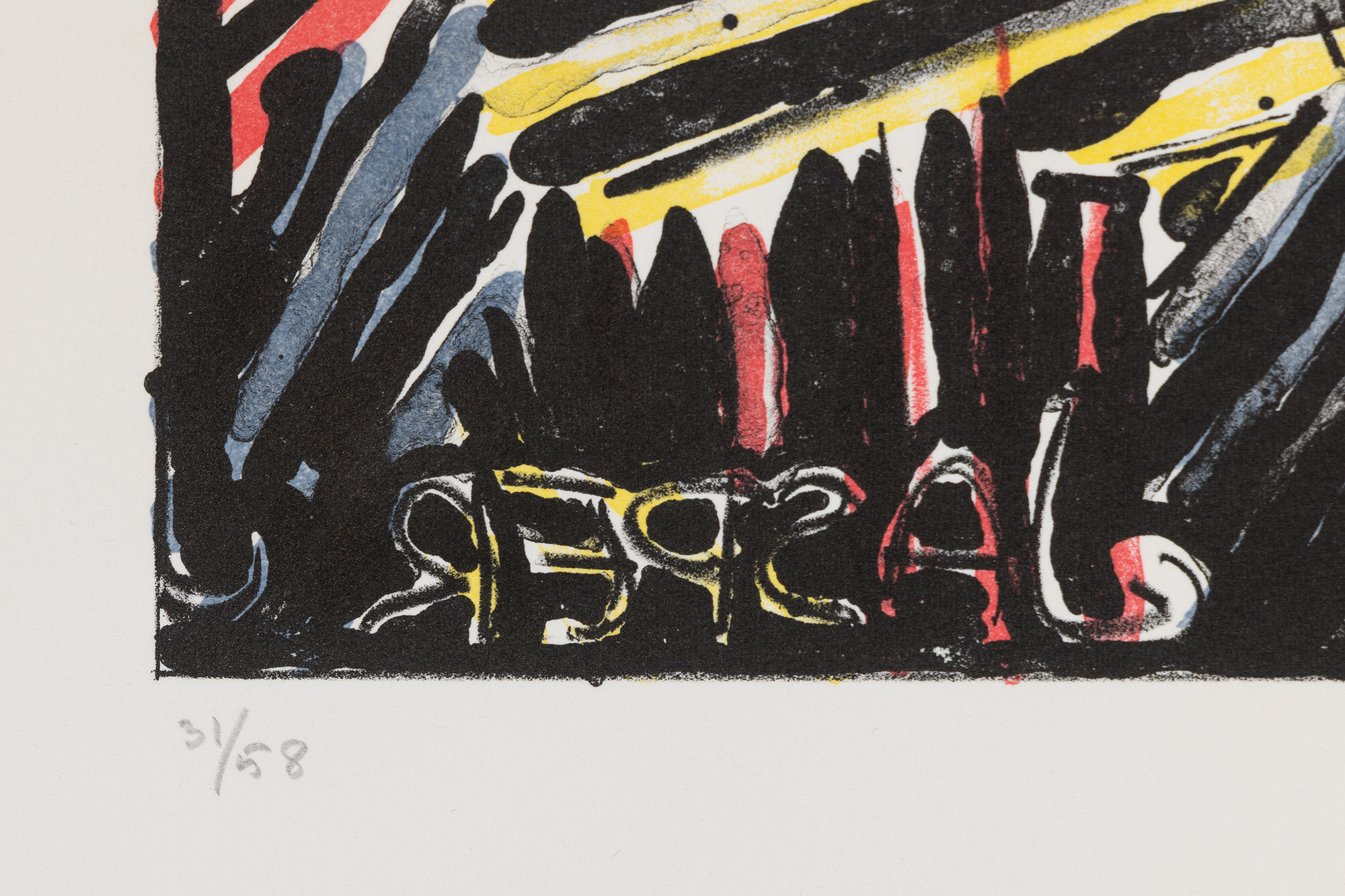

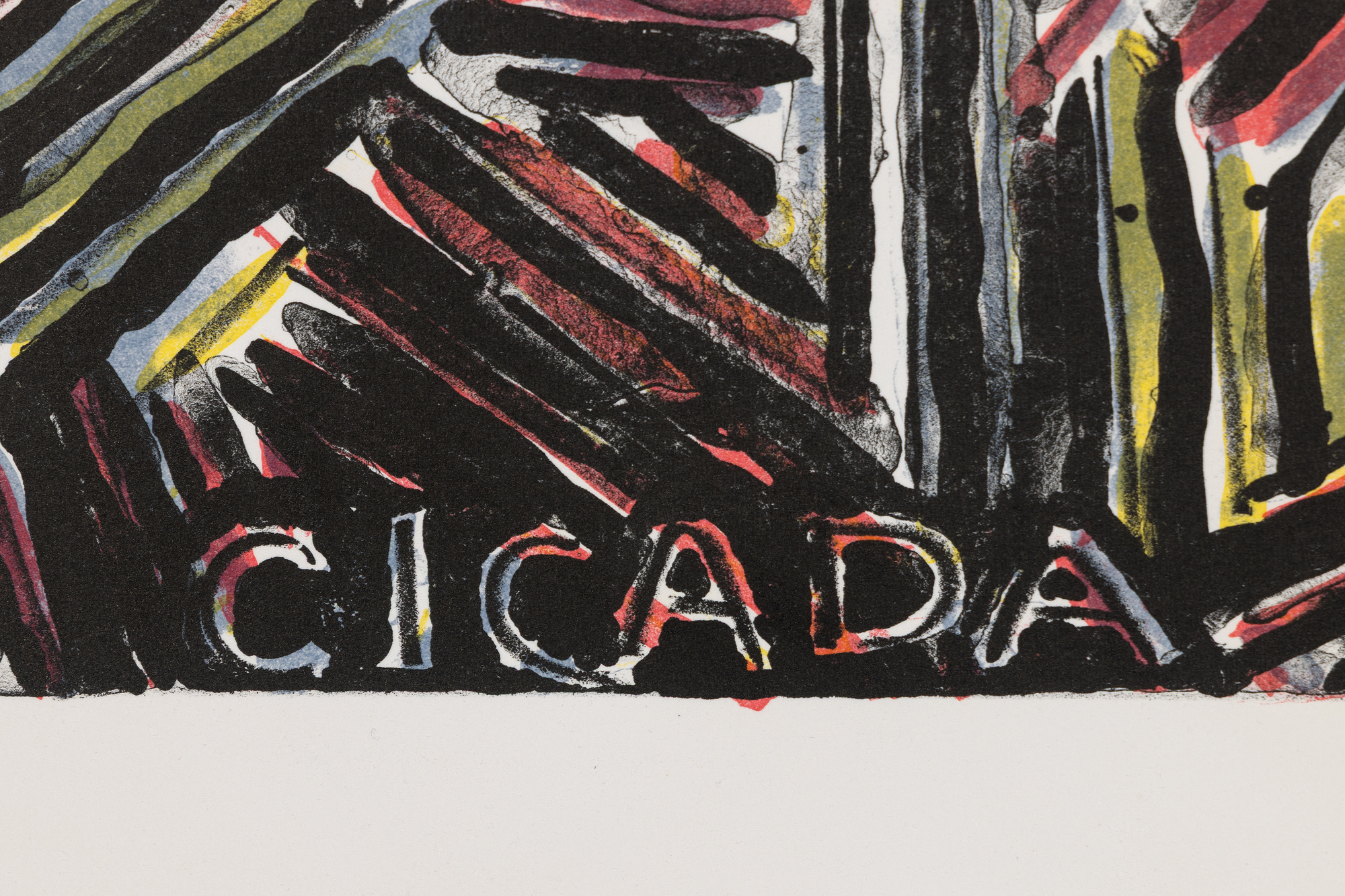


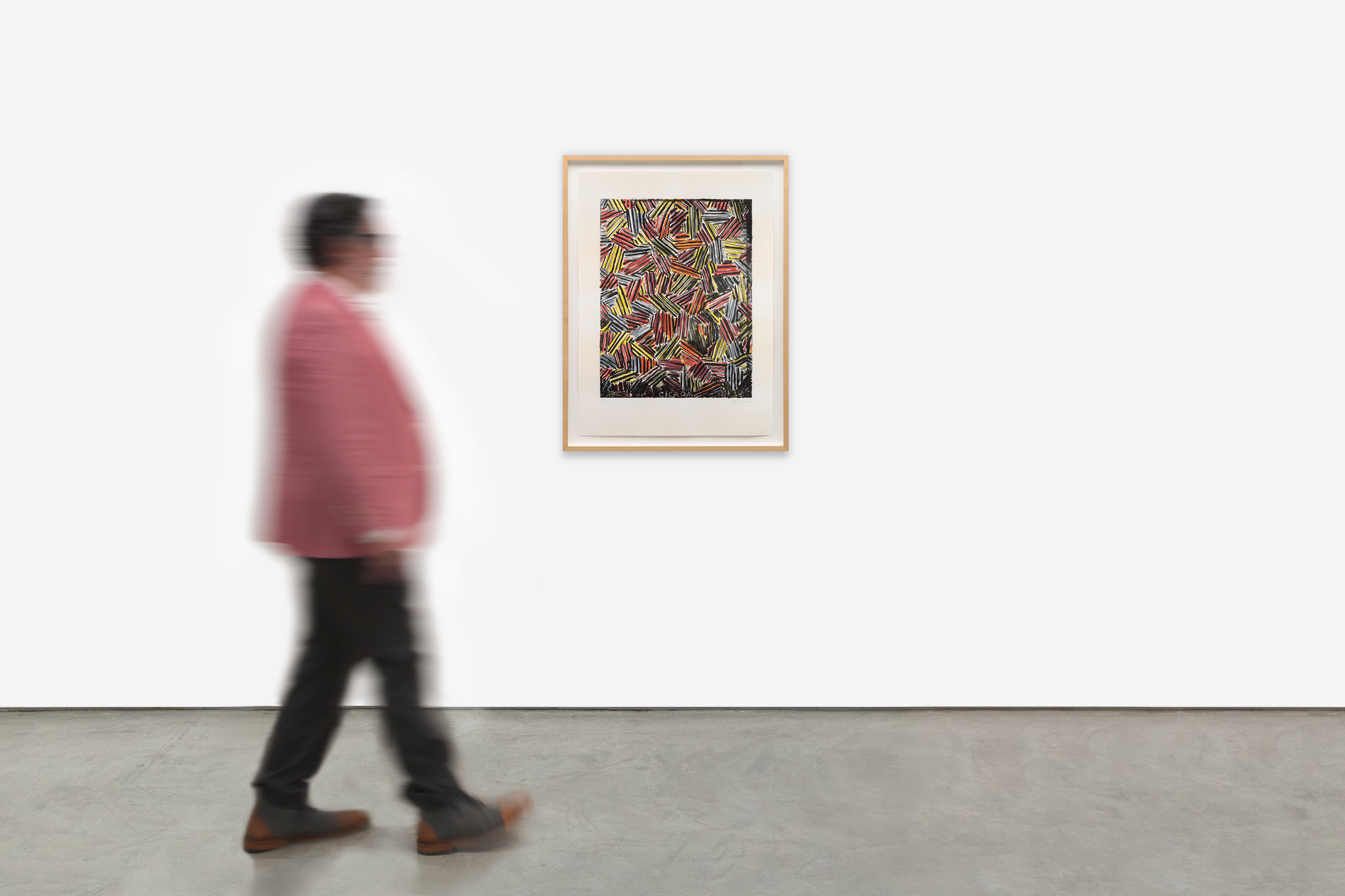
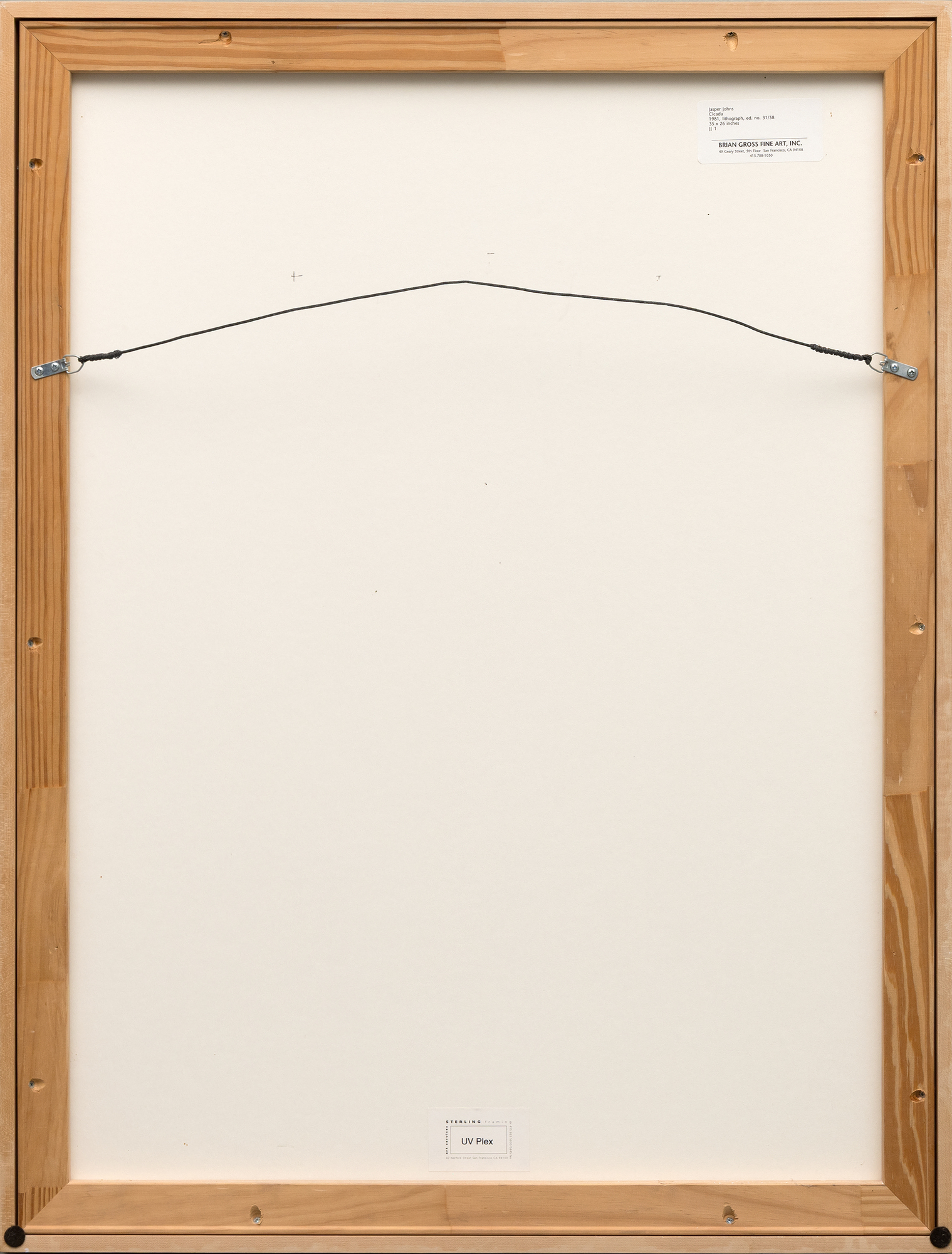
Provenienz
Brian Gross Bildende KunstPrivate Sammlung
60,000
Das während seiner "Kreuzschraffur"-Phase (1972-83) entstandene Werk veranschaulicht seine Abkehr von Flaggen und Zielscheiben hin zu abstrakten Zeichensystemen. Durch die Überlagerung von Farbe und Textur erforscht Johns die Möglichkeiten der Lithografie als Medium der Wiederholung und Variation.
Impressions of Cicada befindet sich in den Sammlungen des Museum of Modern Art und des Whitney Museum of American Art und unterstreicht damit seine Bedeutung innerhalb der druckgrafischen Praxis von Johns.


